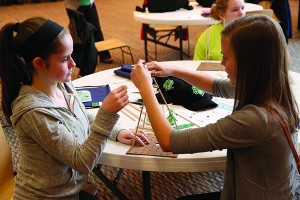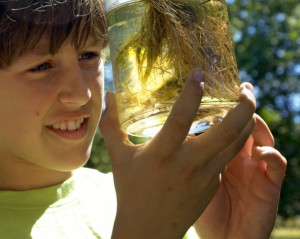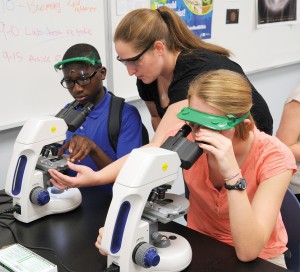
Modern farm machinery and unmanned aerial vehicles are opening new doors for the collection of valuable data to help growers improve production and the environment.
In the world of agriculture, having access to rich data sources about field conditions, weather patterns, pests and more can make a huge difference in the profitability and sustainability of Ohio farms.
The Ohio Agricultural Research and Development Center is working with farmers, industry groups and state agencies to boost access to and analysis of field data gathered from new-generation farm machinery, satellite data and remote-sensing imagery captured by unmanned aerial vehicles (UAVs).
“Data can support farmers’ management decisions, for example how much nitrogen should be applied to corn and whether or when a fungicide needs to be used,” OARDC and Ohio State University Extension precision agriculture specialist John Fulton said. “But all this enormous amount of data needs to be gathered and provided quickly for farmers to make the best use of it.”
A key goal of Fulton’s work is to create a repository that will then be made available to growers in a user-friendly manner to help them make data-driven decisions.
ESSENTIALS
The enhanced use of precision farming technology and “big data” analysis can benefit the agricultural industry and society in three key areas.
- Economy: Providing remote-sensing imagery and other types of data to growers and their crop consultants can help growers make more efficient use of fertilizers and other expensive inputs, thus lowering costs.
- Environment: Reducing fertilizer and agrochemical applications benefits the environment, protecting water, pollinators and other valuable natural resources.
- Research: Developing an extensive data repository can help university scientists save time in their research projects and develop innovative recommendations to assist both farmers and the environment.








